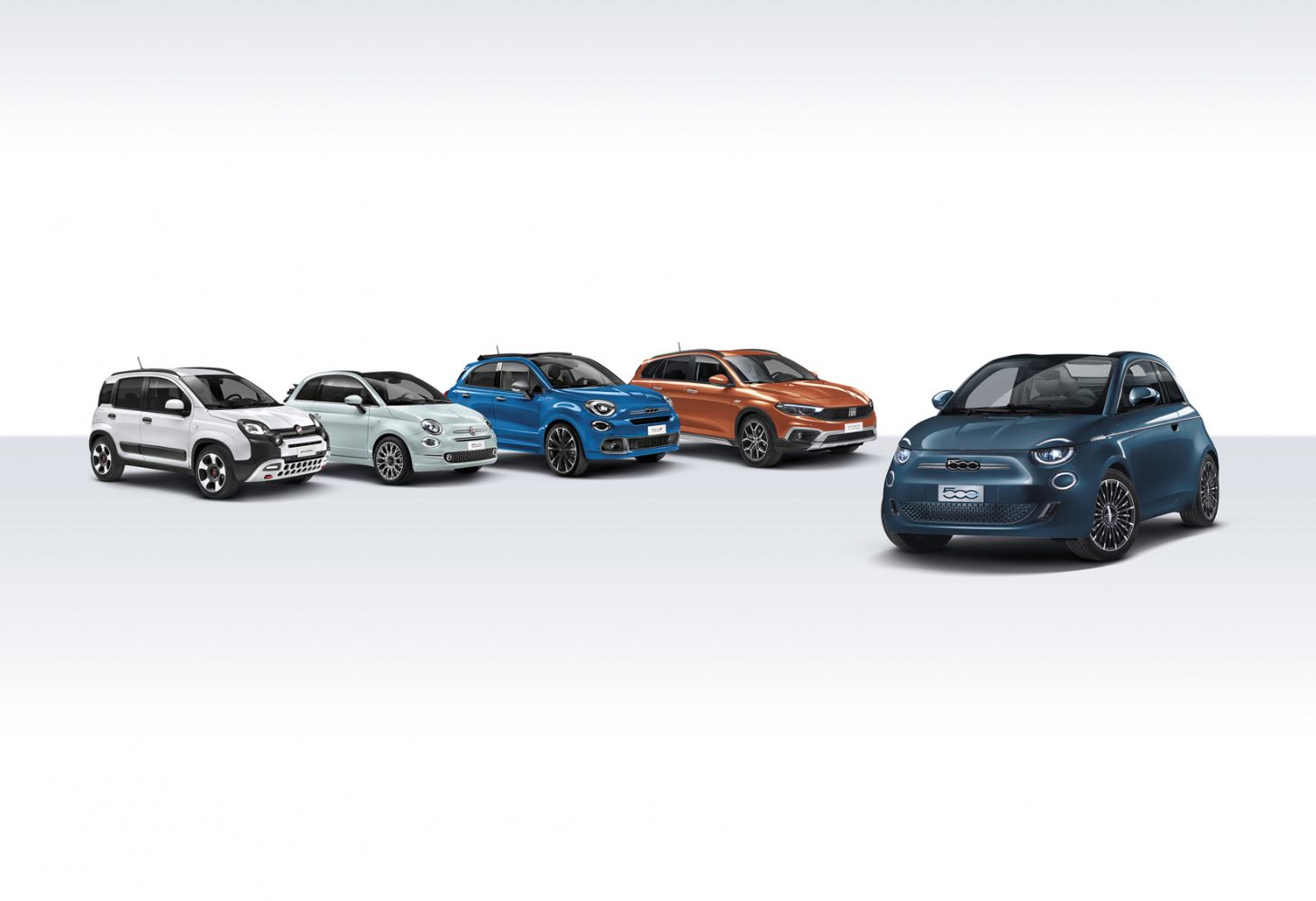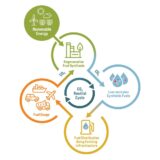
Stellantis testing usability of e-fuels on 28 engine families
Stellantis is testing the usability of e-fuels on European vehicles produced since 2014 (Euro 6) to reinforce carbon emission reductions.
As part of the toolbox available to reduce carbon emissions and fight against climate change, e-fuel is a drop-in replacement synthetic fuel made from captured atmospheric CO2 and renewable energy.
The broad adoption of e-fuels would offer customers with existing internal combustion engine (ICE) vehicles an easy and affordable option to decarbonise their vehicles without needing to replace their vehicle, upgrade the engine fuel system or await a new infrastructure network.
“We are doubling down on our fight against global warming by testing carbon-neutral fuel as a complementary solution to our holistic decarbonisation approach. While we remain steadfast in executing our aggressive electrification strategy, we must also find smart alternatives to address the CO2 emissions for the 1.3 billion existing ICE cars,” said Stellantis CEO Carlos Tavares.
“By working to make sure our Stellantis engines are e-fuels friendly, we are aiming at giving our customers another tool in the fight against global warming and one that can have an almost immediate impact. It is also another action we are taking that is well aligned with our commitment to be carbon neutral by 2038,” said Tavares.
Stellantis is testing and validating 28 engine families built from 2014 to 2029 for both gasoline and diesel engines. The comprehensive validation protocol includes tests on tailpipe emissions, startability, engine power, reliability endurance, oil dilution, fuel tank, fuel lines and filters, to name a few.
The use of e-fuel in the up to 28 million vehicles in the Stellantis fleet has the potential to reduce up to 400 million tons of CO2 emissions in Europe from 2025 through 2050.













